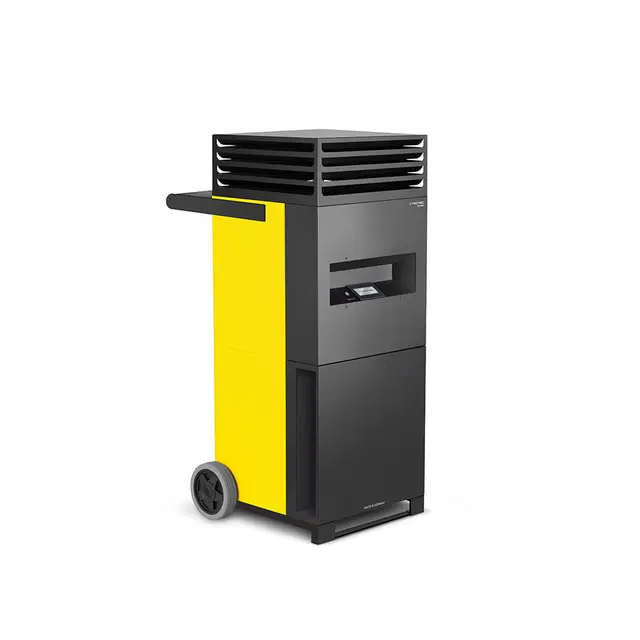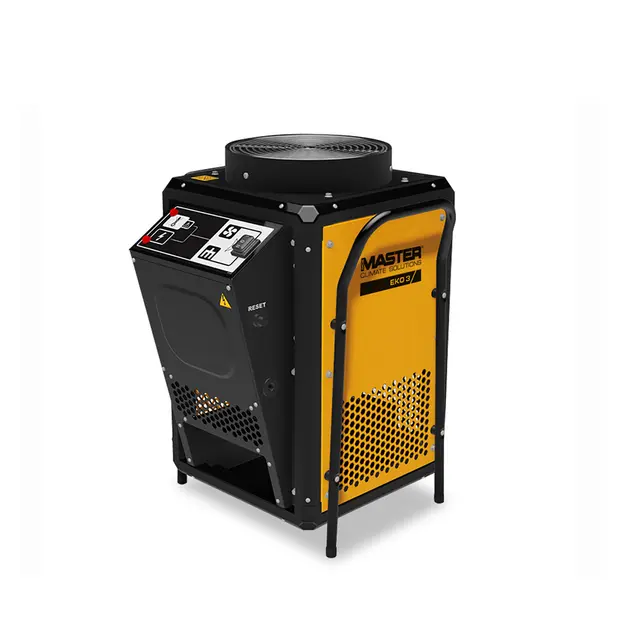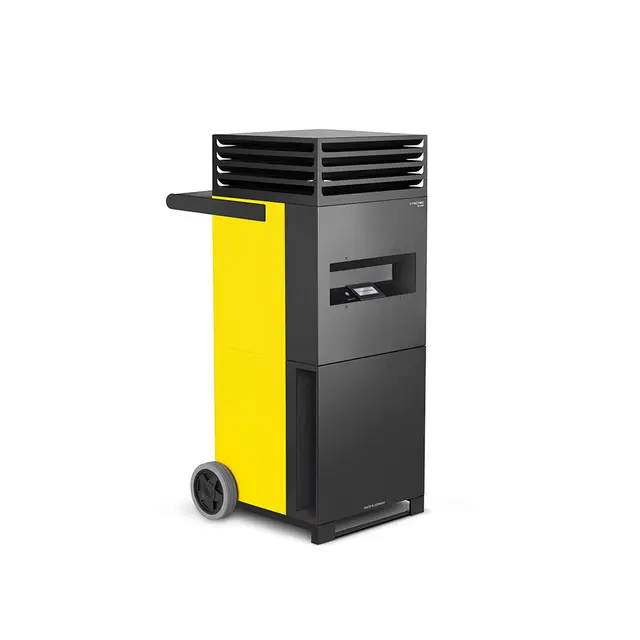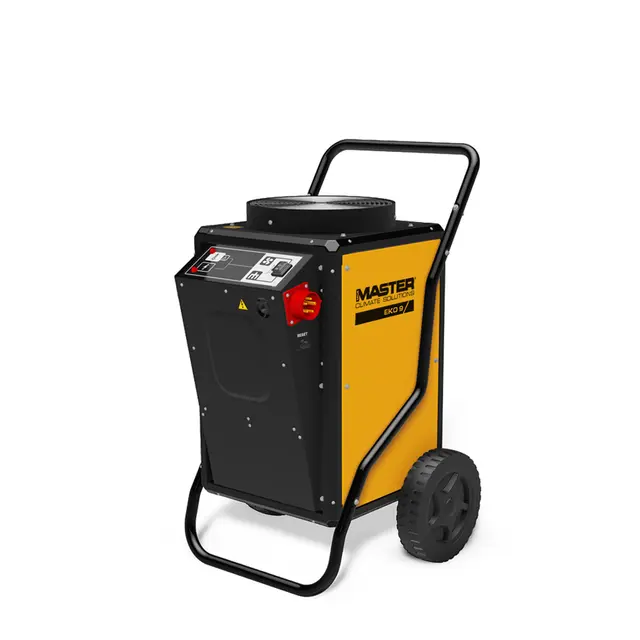Do pest control heaters offer the best form of insect control?
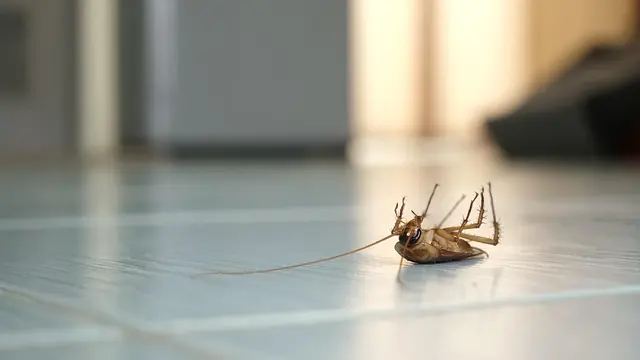
- Home
- Insights
- Heating insights
- Do pest control heaters offer the best form of insect control?
Explore the advantages that pest control heaters provide over traditional chemical treatments, and why this approach is generally more efficient and better for the environment.
Pesticides and chemical treatments have long been the primary solution for dealing with bed bugs and other unwanted insects. But, in the ongoing pursuit for more efficient, environmentally-friendly methods to rid areas of these unpleasant creatures, pest control heaters have become the most effective approach for this process.
If you have become attached to using chemicals for your pest control requirements, in this article we intend to demonstrate:
The benefits pest control heaters offer over their chemical counterparts
The range of insects that heat treatments can manage in a range of applications
The advantage Master heaters deliver over equivalents on the market
How do pest control heaters work?
Temperature is a massive factor in how bed bugs and other insects survive and multiply in different environments. Depending on the species, it is believed the sweet spot for insects to grow and breed rests between 27°C and 33°C.
At these temperatures, insects can thrive, causing unappealing environments and creating health hazards wherever they dwell. But, if the heat is increased far beyond their “optimal” conditions, it can quickly result in their eradication.
Bed bugs, other insects, and other living creature for that matter, have something called their thermal death point. That is the temperature where they will perish if exposed to it for a set period of time, as it causes water to dry up in their systems and cells to die.
While this point varies from insect to insect, in most circumstances insects will die of dehydration after a day in temperatures between 40-50°C, while temperatures of 50-60°C will cause both insects and their eggs to perish in a matter of minutes.
These include some of the most common insects that plague residential and commercial structures across Europe, including:
Bed bugs
Flour beetles
Grain beetles
Cigarette & drugstore beetles
Meal moths
Dust mites
For all of these examples, the optimal temperature for extermination is around 50°C for around an hour.
An effective pest control heater will need to deliver flows of air at this temperature for the required time, while also ensuring this is distributed in every nook and cranny of the room it is operating in. This will make sure that insects like bed bugs have nowhere to escape that is cooler, leading to total eradication.
You can discover more about these specific insects and how our own pest control heaters function by downloading our comprehensive guide.
Insect heat treatments vs pesticides
The reason why pesticides and chemical treatments have been the traditional method of pest control for so long is that they are very effective at what they do. They can do their job rapidly if the insects are identified quickly enough. They can help prevent future infestations. They are often inexpensive to acquire and easy to apply.
But, the chemical approach comes with several drawbacks, many of which are remedied by the use of pest control heaters:
Many pesticides won’t kill insect eggs, meaning the process has to be repeated multiple times to guarantee all pests in the area are eliminated (female bed bugs can lay up to 250 eggs in their lifetime).
As insect eggs have a thermal death point in the same way all living creatures do, pest control heaters can remove these at the same time as the adult insects, making the process more efficient.
The chemicals available on the market often aren’t strong enough to kill all insects in one treatment, meaning you will have to do repeat treatments to remove everything.
Conversely, rapid heat treatments can eliminate 100% of the insects at one time, provided the area is sealed off to ensure none of them escape while the heater is active.
Chemical treatments will carry a degree of toxicity for people and animals in the vicinity and they generate toxic fumes that will escape into the environment.
Pest control heaters leave no toxic residue behind, meaning there is no risk of illness to others or any harm caused to the world around us.
Chemical treatments typically take a long time after being applied to eliminate all pests in the area. Following their use, the area will also need to be thoroughly cleaned to prevent any future damage to people, pets and the wider environment.
Comparatively, heat treatments deliver much faster results, with insects dying within hours, and leaving behind nothing that needs to be cleaned away afterwards, allowing people to use the premises immediately after the heat descends.
In addition to these advantages over chemical treatments, pest control heaters also carry further benefits:
Heat spreads everywhere in the area it is applied, rather than only affecting specific areas that are treated
Operating Master’s range of pest control heaters is incredibly easy
The only preparation the area needs to undergo is removing/covering over anything that will not withstand the 50-60°C temperatures (food, flowers, candles, etc.)
Heat levels can be remotely monitored while in operation to maintain the right temperatures throughout the treatment process
Furthermore, while pest control units or thermal disinfection heaters cannot prevent pests returning to the area later on in the same way a residual layer of pesticide can, leaving these chemicals behind could be harmful for others in the meantime. Instead, we would always advocate the use of traps, monitoring and other non-chemical preventative measures.
Through these benefits, professional heat treatment for bed bugs and other insects now stands head and shoulders above chemical alternatives with regards to both efficiency and safety.
In what environments do pest control heaters work well?
Pest control heaters can be effectively employed in a wide range of settings where insect spread is a significant risk, including:
Food and wood transport containers
The use of many types of chemicals is not permitted in food containers. For wood transport containers, they can be used, but may leave residues behind that are potentially unhealthy to people. Therefore, heat treatments are a safer choice to eradicate bugs from these areas.
Restaurants, bakeries and kitchens
Like above, the risk of any residue chemicals affecting the quality of food used or prepared in these settings make them a much greater health risk than pest control heaters.
Livestock farms
To prevent any cows, pigs, chickens or livestock from ingesting any pesticides or other chemicals, heat treatment is the more humane approach.
Hotels, hostels and other residences
With bed bug infestations both unattractive for these settings and posing potential health hazards, heat treatments can clear areas efficiently without requiring too much downtime.
Hospitals and ambulances
Similar to the above, although the use of pest control heaters is even more crucial to ensure already vulnerable people aren’t exposed to toxic chemicals.
Public transport
Due to the risk of bed bugs and other insects spreading diseases to a congested group of people, heat treatments can clear these vehicles and get them back in operations soon afterwards.
Stately homes and heritage sites
Heat is a clean and very efficient way to eliminate insects, larvae and eggs from antique carpets, fixtures and more.
How Master heaters eliminate pests with speed and precision
Hopefully, this has broadened your perspective on the potential of using heat as a pest control solution over chemical equivalents. However, not all pest control heaters are created equal – for the most powerful solution available, you need to turn to our robust range of clever solutions.
By enabling users to easily reach and maintain the high temperatures required for heat eradication, Master heaters deliver the strong, consistent flow of hot air into these settings needed to achieve the optimal results in the shortest window of time.
Smooth temperature increases of 15°C each time
Connected to an external digital remote thermostat
High air flow to quickly mix the air in the room, allowing heat everywhere
Different sizes and power levels to cover both small and large spaces
Compatible with IMCS remote monitoring and documentation device
To empower your own extermination efforts with the most impressive pest control heaters available, contact our team today, or browse our full range of commercial heaters for more information..
Related products
Featured insights
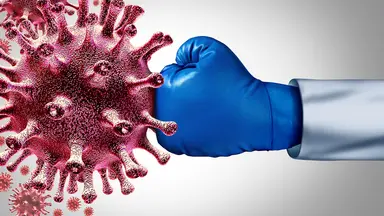
Why heaters offer a cleaner, quicker solution than chemicals
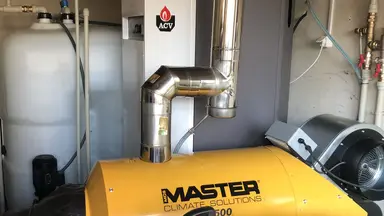
How heaters help certified cleaning companies sanitise food tanks
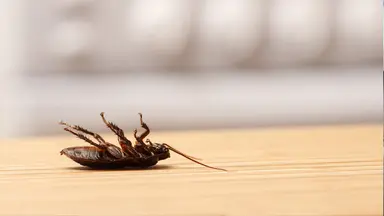
Get our 28-page eBook to learn the whys, whats, hows and wheres of heat for pest control
Need help with choosing the right solution? Our team of over 100 climate control experts can assist.
You can also reach out or join the discussion on our Social Media. Check out our LinkedIn page.
